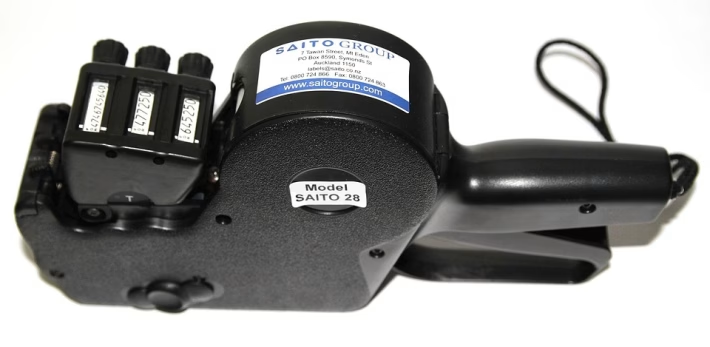Dynamic Pricing Strategies for SaaS: Adapting to Market Changes for Optimal Profit

In the ever-changing landscape of Software as a Service (SaaS), dynamic pricing strategies have emerged as essential tools for both maximizing revenue and enhancing customer satisfaction. As businesses become more attuned to market fluctuations and consumer behavior, the ability to adapt pricing dynamically can be a game-changer for driving growth.
Why Dynamic Pricing?
Dynamic pricing involves adjusting prices in response to market demand, competitor pricing, customer behavior, and other external factors. Unlike traditional pricing models, which are often rigid, dynamic pricing allows SaaS companies to stay agile, ensuring they can capitalize on opportunities as they arise.
Key Benefits of Dynamic Pricing:
-
Maximized Revenue: By analyzing demand and adjusting prices accordingly, companies can capture maximum value during peak periods while remaining competitive during lulls.
-
Customer Segmentation: Dynamic pricing enables tailored offers that appeal to different segments of the market, providing discounts for price-sensitive customers while capturing higher prices from less price-sensitive segments.
-
Competitiveness: Regularly adjusting prices according to competitors provides benefit in retaining customers who might otherwise be lured away.
-
Improved Demand Forecasting: By utilizing real-time data, businesses can predict trends often ahead of time, allowing for a more proactive approach in pricing strategies.
- Better Customer Experience: Tailoring prices based on customer usage and needs can enhance satisfaction, loyalty, and long-term retention.
Implementing Dynamic Pricing Strategies in SaaS
-
Market Research and Data Analysis: To effectively implement dynamic pricing, SaaS companies must invest in analytics tools that provide insights into market trends, competitor behavior, and customer preferences.
-
Customer Behavior Analytics: Understanding how customers interact with your product can inform pricing decisions. Analyzing user engagement, churn rates, and feedback informs whether adjustments are needed.
-
Experimentation: Utilize A/B testing to experiment with different pricing models and gauge customer responses. This trial-and-error approach enables businesses to find the sweet spot for pricing.
-
Transparency: Communicating changes and the reasons behind them can build trust with customers. Providing clear value explanations helps mitigate frustration over price adjustments.
- Regular Monitoring and Adjustment: The market is dynamic, so continuous monitoring is essential. Adjust prices regularly based on changes in demand, competitive landscape, and customer engagement.
Introducing Digital Card Hub
In the SaaS world, the right tools can enhance efficiency and profitability significantly. Enter Digital Card Hub – an innovative platform designed to meet the dynamic needs of businesses by streamlining digital payment solutions.
Why Choose Digital Card Hub?
Digital Card Hub stands out as a leading choice for businesses looking to leverage advanced pricing strategies:
- Real-Time Analytics: Gain insight into your customers’ payment preferences and adapt pricing strategies with robust analytics.
- Flexible Payment Solutions: Offer your customers a variety of payment options tailored to their preferences, enhancing their experience and loyalty.
- Scalability: As your business grows, Digital Card Hub’s flexible architecture ensures that you can adjust offerings and pricing efficiently.
Sign Up Today!
Don’t miss out on the opportunity to enhance your pricing strategies and support your SaaS growth. With Digital Card Hub, you can seamlessly navigate the complexities of dynamic pricing while offering your customers an exceptional experience.
Take the first step towards optimizing your revenue. Sign Up for Digital Card Hub today and unlock the full potential of dynamic pricing for your SaaS business!
🚀 Try Digital Card Hub for FREE today and experience the power of business automation!
🔗 Sign up now for FREE



